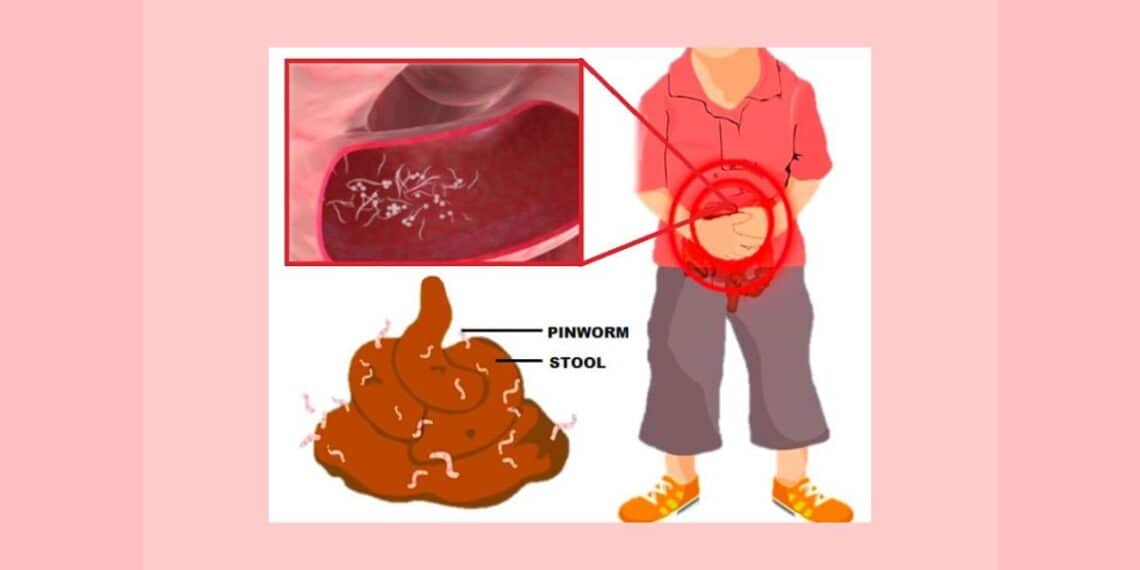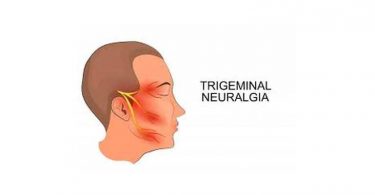Threadworms, as the name suggests, are fine threadlike, centimeter long wrigglies that live in the gut of humans. All children will experience symptoms of threadworm infestation from time to time throughout childhood. Threadworms are human parasite and not related to the worms that infect dogs and cats, so domestic pets are not a source of infection.
As soon as the nappy days are over and toddlers have access to their bottoms and are mixing with other toddlers, infection with threadworms becomes a part of life. Threadworm infection is also occasionally seen in babies less than twelve months. Many adults probably carry threadworms around inside their guts, but unless symptoms develop are unaware of their presence.
Age
Threadworm infection is very common is schoolchildren.
Appearance of threadworms
The worms themselves can be easily seen in the feces as white or cream-colored threadlike objects, about 10 mm in length and less than 0.5 mm in width. Males are smaller than females. The worms can survive outside the body for a short time and hence may be seen to be moving. Sometimes the worms may be seen protruding from the anus itself.
Signs of threadworms infection
Usually the first sign that parents notice is the child scratching his or her bottom. Perianal itching is a classic symptom of threadworm infection and is caused by an allergic reaction to the substances in and surrounding the worms’ eggs, which are laid around the anus. Sensitization takes a while to develop so in someone infected for the first time itching will not necessarily occur.
Itching is worse at night, because at that time the female worms emerge from the anus to lay their eggs on the surrounding skin. The eggs are secreted together with a sticky irritant fluid onto the Perianal skin. Persistent scratching may lead to secondary bacterial infection. If the Perianal skin is broken and there are signs of weeping, referral to the doctor for antibiotic treatment would be advisable.
Loss of sleep due to itching may lead to tiredness and irritability during the day. Itching without the confirmatory sighting of threadworms may be due to other causes, such as an allergic or irritant dermatitis caused by soaps or topical treatments used to treat the itching. In some patients, scabies or fungal infection may produce Perianal itch.
Duration of threadworms infection
If a threadworm infection is identified, the pharmacist needs to know how long the symptoms have been present and to consider this information in the light of any treatment tried.
Diagnosis of threadworms
Anal pruritis (itching), particularly at night when the adult female lays eggs in the Perianal region. Rarely, other symptoms may develop; for example, symptoms of appendicitis when worms enter the appendix lumen or if adult worms migrate through the intestinal wall to invade other organs. The ‘Sellotape test’ involves placing a piece of clear adhesive tape over the Perianal region at night, then removing it in the morning and examining it for small white specks/ova.
What is the treatment for threadworms?
All household members, including adults and those without symptoms, should be treated. This is because many people with threadworms do not have any symptoms. However, they will still pass out eggs which can then infect other people. If one member of a household is infected, it is common for others also to be infected. So, everyone needs treatment!
The common treatment is:
- To take a medicine to kill the worms in your gut, AND
- Hygiene measure to clear eggs which may be around your anus or in your home.
Note: for babies under the age of three months, only hygiene measures alone are possible as no medicine is licensed for this age group.
Medication
- Mebendazole is the usual treatment for people aged over six months. All household members, including adults and those without symptoms, should take a dose at the same time; just one dose kills the worms. A second dose two weeks after the first is sometimes needed if the infection has not cleared (which may occur if you swallow some eggs after taking the medication).
- Piperazine is an alternative medicine. It can be used by anyone aged over three months. You needed to take two doses, 14 days apart.
Hygiene measure
Medication will kill the worms in the gut, but not the eggs that have been laid around the anus. These survive for up to two weeks outside the body on underwear, bedding, in the dust, etc. So, hygiene measures aim to clear any eggs from the body and the home, and to prevent any eggs from being swallowed. This will then break the cycle of’re-infection’. After taking the first dose of medication for threadworms….
Firstly, as a ‘one off’, aim to clear eggs from where they may be in your home. This means:
- Wash sleepwear, bed linen, towels, and cuddly toys. This can be done at normal temperatures so long as the washing is well rinsed.
- Thoroughly vacuum and ‘damp-dust’ the whole home. Throw out the cloth after use. Pay particular attention to the bedrooms including vacuuming mattresses, and where children play.
- Thoroughly clean the bathroom by ‘damp-dusting’ surfaces, washing the cloth frequently in hot water. Throw out the cloth after use.
Then, every member of the household should do the following two week:
- Wear close-fitting underpants or knickers in bed, and change every morning. This is so that if you scratch in your sleep, you will not touch the skin near the anus. (Also, consider wearing cotton gloves at night as this may also help prevent night time scratching with fingernails).
- Every morning have a bath, or wash around the anus, to get rid of any eggs laid overnight. You must do this straight away after getting up from bed.
- Ideally, change and wash nightwear each day.
And general hygiene measures which you should always aim to do to prevent getting threadworms again:
- Wash hands and scrub under the nails first thing in the morning, after using the toilet or changing nappies, and before eating or preparing food.
- Try not to bite your nails or such fingers, and discourage children from doing so.
- If possible, avoid sharing towels or flannels.
- Keep toothbrushes in a closed cupboard. Rinse well before use.
However, it may not be your home which is a main source of threadworm eggs. Your children may come into contact with eggs in schools or nurseries, particularly in the toilets if they are not cleaned properly. This is why your child may have recurring threadworms, even if your home and personal hygiene is of a very high standard.
Homeopathic treatment of threadworms symptoms – Homeopathy is one of the most popular holistic systems of medicine. The selection of remedy is based upon the theory of individualization and symptoms similarity by using holistic approach. This is the only way through which a state of complete health can be regained by removing all the sign and symptoms from which the patient is suffering. The aim of homeopathy is not only to treat threadworms symptoms but to address its underlying cause and individual susceptibility. As far as therapeutic medication is concerned, several medicines are available for threadworm symptom treatment that can be selected on the basis of cause, sensation, modalities of the complaints. For individualized remedy selection and treatment, the patient should consult a qualified homeopathic doctor in person. There are some specific homeopathic remedies which are quite helpful in threadworms.
Ferrum met, Teucrium Marum, Ignatia Amara, Sulphur, Calcarea Sulph, kali Sulph, Aesculucs hip, aloe Socotrina, fluoric acid, Petroleum, Natrum Carb, Ammonium Carb, Graphites, Carbo Veg, Nitric acid, Agaricus, kali Carb, Causticum, Nux Vomica and many other medicines.
References
- 1. Robin Barker- The mighty Toddler; 2007; 324
- 2. Alison Blenkinsopp, Paul Paxton, John Blenkinsopp- symptoms in the pharmacy:
a guide to the management of common illness; 301-302; 2008
- 3. Stephan Strobel, Peter Smith, Stephen Marks, Magdi – The Great Ormond Street colour handbook of paediatrics and child health; 2007; 276
- 4. Tim Kenny, Gordon Brooks- Health Matter




